DO YOU KNOW HOW TO SWIM BREASTSTROKE? (TOP 5 MOST COMMON BREASTSTROKE MISTAKES)
Walk into any public pool, and you'll see it: the slow, head-up breaststroke with a lazy, wide kick. In the Czech Republic, we call it the "Mrs. Mayor" style and while it might keep your hair dry, it's inefficient and puts a huge strain on your neck and lower back.
In the olden days, the stereotypical wife of the town's mayor used to be a very respected individual (or she thought), lazily strolling through the town with her nose held high. This was translated into swimming terms when someone swims with their head above the water at all times as if they are above anything else.
To swim a powerful, efficient breaststroke, you need to move beyond this style. This lesson will break down the most common mistakes that even serious swimmers make and give you the drills and mental cues to fix them.
Dive Into: Fixing the Most Common Breaststroke Mistakes
- Mistake #1: Pulling Your Arms Too Far Back
- Mistake #2: Taking Your Breath Too Late
- Mistake #3: Hesitating in the Middle of the Stroke
- Mistake #4: Moving Your Head Instead of Your Body
- Mistake #5: The Improper Breaststroke Kick
- Bonus Mistake #6: The Inefficient Glide
- 🎥 Watch: Slow-motion Breaststroke Analysis
- Frequently Asked Questions
Ok, this is a bit of an extreme and most people who are at least a bit serious about learning to swim breaststroke do not swim like Mrs. Mayor, but there are a few commonalities and pitfalls that appear in breaststroke swimmers' strokes.
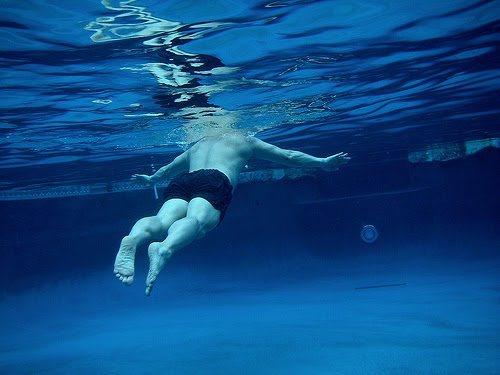
Mistake #1: Pulling Your Arms Too Far Back
One of the biggest pitfalls during the breaststroke arm movements is the exaggerated pull which causes the arms and elbows to go too far back, past the shoulders.
Modern breaststroke technique puts much less emphasis on the arms than the kick, but many swimmers overuse their arms, causing them to pull too far back.
Imagine a wall 1 meter (~3 feet) tall and 5cm (~2 inches) thick. The top of the wall is nice and flat. Pretend you are on your knees with your chest against the wall and your arms draped over the top. Now try to do a breaststroke arm pull. It has to be small because you cannot move your arms through the wall toward your body.
Another way to try this in the pool is to hang on a lane rope at your armpits, extend your legs horizontally behind you and try to do a breaststroke pull. Again, you cannot move your elbows past the lane line backward.
Practice these mimicking exercises a few times and then try it when you swim. Remember, smaller is better.
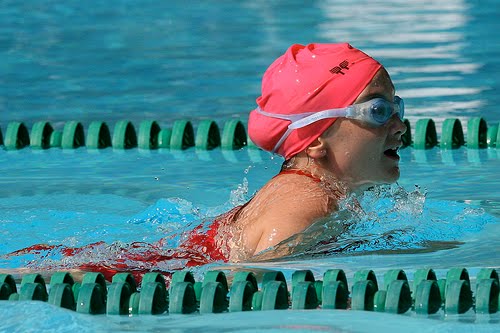
Mistake #2: Taking Your Breath Too Late
The longer a body part is out of the water, the more the rest of your body wants to sink. This is especially true for your head during the breaststroke breath.
The common mistake here is taking a breath when your arms are already by your shoulders or, even worse, your hips. When this happens, your head is out of the water, but you have no support from your arms, causing you to sink.
So, next time you are breathing in breaststroke, remember: take a breath at the same time you start your pull (when your arms are still stretched upfront) and finish the breath as you are stretching your arms forward.
Mistake #3: Hesitating in the Middle of the Stroke
If you have read my post about how to use your arms during breaststroke, you already know what I am talking about here, but if not, here is the scoop.
The key to a good breaststroke is keeping your hips high at the surface. This position is most vulnerable right after the pull, when your hands are in front of your chest (right before arm recovery forward). Many swimmers make a big mistake by pausing at this moment.
This hesitation kills your momentum and forces your hips to sink. In reality, it should be the total opposite: there should be no pause. The arms should actually accelerate as you throw them along with your upper body forward into the recovery.
A good way to practice this is by using a drill where you use a freestyle kick with very fast breaststroke arms. This drill will teach you how to be quick at spearing your hands forward without a pause below your chin.
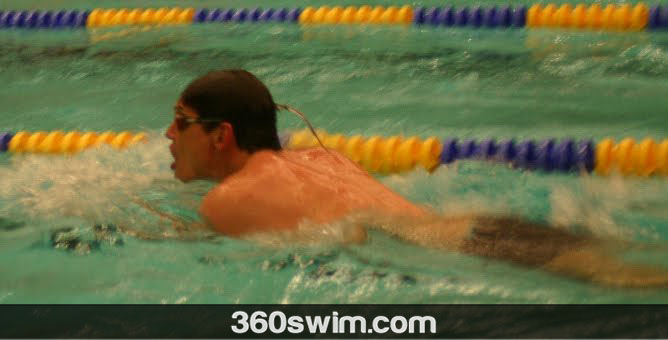
Mistake #4: Moving Your Head Instead of Your Body
This is a very common mistake, practiced by 90% of the swimming population. Contrary to popular belief, there should be very little independent neck movement in breaststroke.
It is the opposite of butterfly, where you should slightly move your neck to get the head out of the water. You can read about that in the top butterfly mistakes post.
Imagine you are wearing a neck brace. Instead of bobbing your head up and down, you should move your chest and head together as one unit.
Why? Head bobbing introduces unnecessary up-and-down motion, which causes you to lose forward momentum and makes your hips sink. Your head is an extension of your spine, so you should be looking at an angle towards the water in front of you, not straight ahead.
You can practice this by utilizing a few tricky drills.
One way to get your head immobilized is to put a tennis ball or a bit bigger ball under your chin and keep it there while you swim.
The other way, which I like the best is to utilize the Finis front end snorkel but use it backward in the back of your head to not let your head move up from its natural position.
In another way to think about this is, if your face is vertical (eyes looking straight ahead) during the breathing cycle, it is wrong. Your head is an extension of your neck, so you need to look in an angle towards the water somewhere in front of you in order for your hips to stay at the surface.
Mistake #5: The Improper Breaststroke Kick
I discussed the proper breaststroke kicking sequence in a previous post, but it's worth repeating. The most common kicking mistakes are the scissor kick, a kick that is too wide, or a modified butterfly kick.
The main ingredient to a good breaststroke kick is understanding what part of your leg pushes the water. You need to push water backward with the inner part of your shin and the inner part of your foot.
In a scissor kick, water is pushed to the sides. In a kick that's too wide, water is pushed almost nowhere.
The best way to learn the proper inner shin and inner ankle position is to place your feet in the right alignment against a swimming pool wall while holding onto a lane line and then very gently push off (with your inner ankles touching the wall - foot rotated outward).
Keep repeating this leg wall alignment many times until you feel comfortable and are able to mimic the same ankle rotation in the water.
Bonus Mistake #6: Inneficient Glide
To take advantage of the surge forward that a powerful kick gives your body, you need to keep in a streamline.
A common mistake is keeping the head too high during the glide phase. Your head should be below your arms with your eyes looking at the bottom of the pool, not where you are going.
Another common issue is starting the next pull too soon, cutting your glide short. Let the water rush over you and feel the forward momentum before you begin the next stroke.
🎥 Watch: Slow-motion Breaststroke Analysis
Here you can see a few breaststroke mistakes in action:
There are of course many more aspects to a proper breaststroke swim, however, if I'd list them all, it would be for a short book and who reads books these days, right;).
I hope you learned something about breaststroke today. Remember, to improve in swimming, trying new things and understanding why something is done is the key to success. Go out there and modify your breaststroke for the better.
So go out there and modify your breaststroke for the better.
One way or another, you will discover something new, even if it is just more realization that this is not the way to do it. Have fun and keep swimming.
Frequently Asked Questions
What is the most common mistake in the breaststroke arm pull?
The most common mistake is pulling the arms and elbows too far back, past the shoulders. The pull should be a compact, powerful sweep in front of the body, not a long pull down to the hips.
When should I take my breath in breaststroke?
You should start your breath at the beginning of your arm pull (the outsweep), not at the end. Taking a breath too late, when your arms have no support in the water, will cause you to sink.
Why do my hips sink in breaststroke?
Sinking hips are often caused by hesitating or pausing when your hands are under your chest. The arm recovery should be a fast, continuous motion, shooting your hands forward to maintain momentum and keep your hips high.
Should I be bobbing my head up and down?
No. Your head should move with your upper body, not independently. Imagine wearing a neck brace. The up-and-down motion comes from your torso lifting, which keeps your body more streamlined and your hips from dropping.
What is the most common flaw in the breaststroke kick?
The most common flaw is the 'scissor kick,' where one leg kicks up and the other down. The correct motion is a symmetrical whip-like action where the inner parts of your shins and feet push the water directly backward.
 LNURL1DP68GURN8GHJ7URP0YHRXD3SWDMKJMFWVDHK6TMVDE6HYMRS9A4HSCNCWFXSH3NN0H
LNURL1DP68GURN8GHJ7URP0YHRXD3SWDMKJMFWVDHK6TMVDE6HYMRS9A4HSCNCWFXSH3NN0H


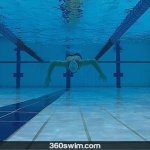




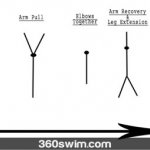
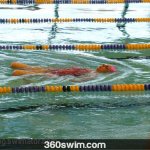


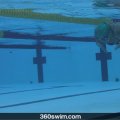
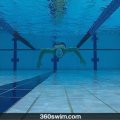
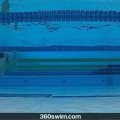



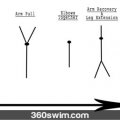
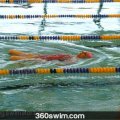




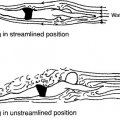
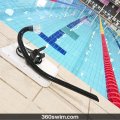

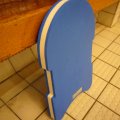



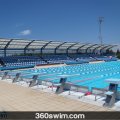
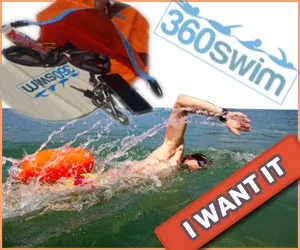

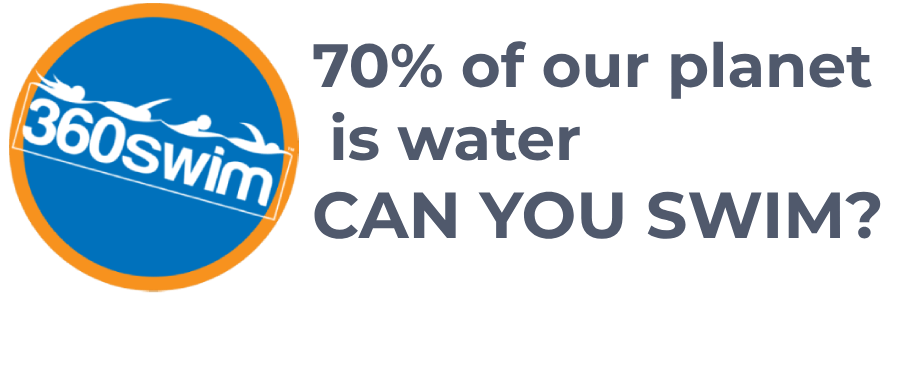
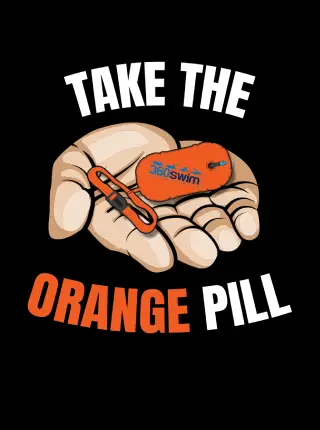
Comments (6)
https://www.youtube.com/watch?v=JcsUNV5Wo-Y
- the head moves up and down too much. Neck should not move, it is just an extension of your spine, so there is no chicken-like pecking motion with your head. Think of your head and upper body as one part which moves together
- during the streamline part of the stroke (when arms are forward and the swimmer is gliding) look down. No reason to look forward.
Chris - www.simplyswim.com
At least they're trying right?